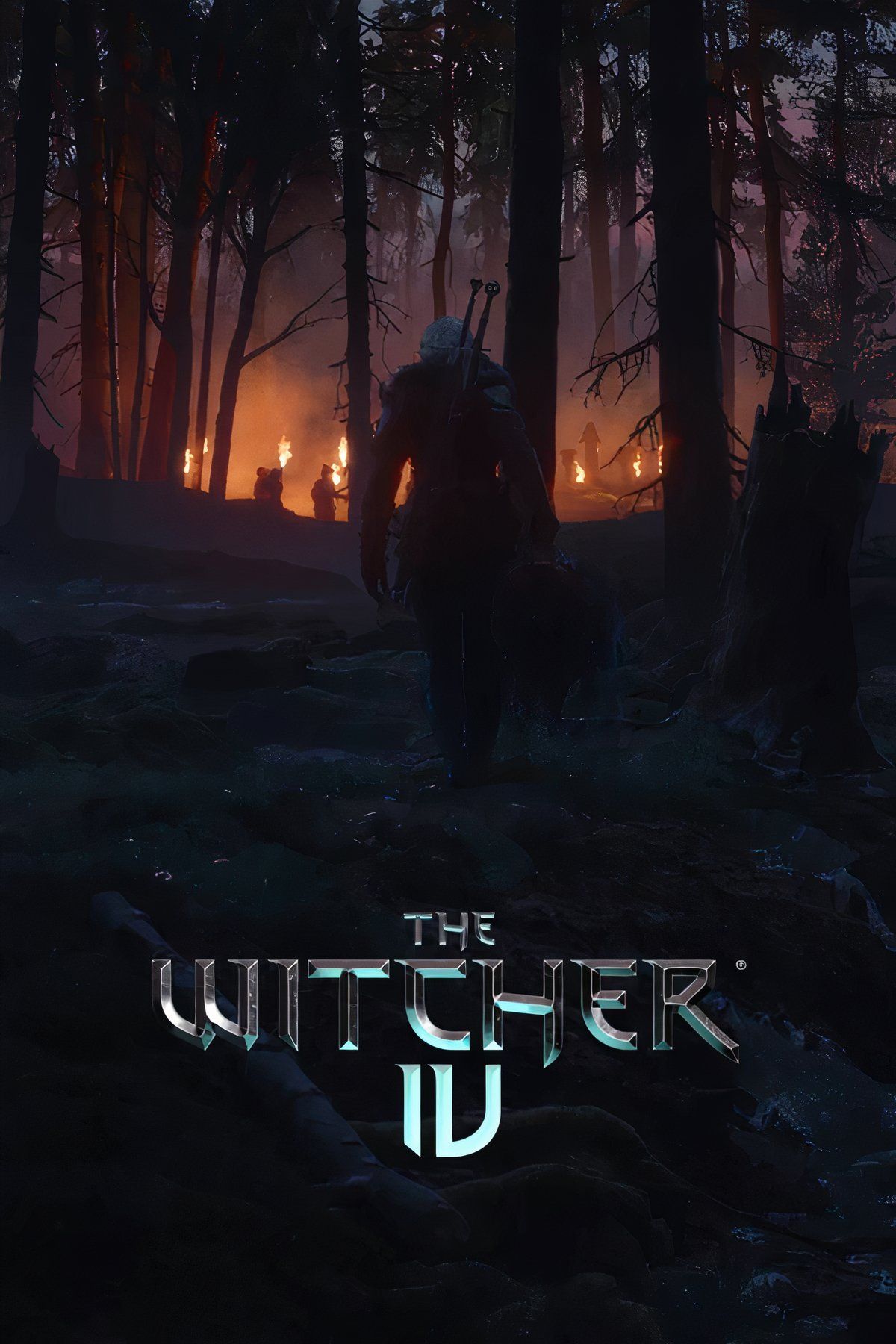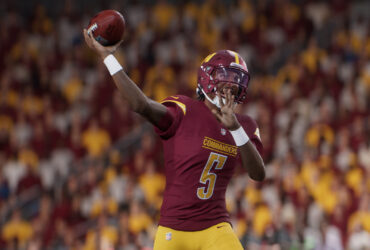Hopes are astronomical for The Witcher 4. Despite stumbling with the launch and slow redemption of Cyberpunk 2077, CD Projekt Red is generally considered to be at the top of the industry when it comes to writing, quest design, and meaningful RPG mechanics—strengths that are on display even when other aspects of its games aren’t entirely up to snuff.
It’s remarkably easy to play a game like The Witcher 3 and melt into its world. Detailed environment design, impressive graphics, stellar music, and, of course, top-quality writing all feed into a grand sense of immersion, but the game’s actual controls and mechanics can undermine this. Take Geralt’s movement, for instance: he can feel imprecise and slippery to control, outdone by characters from other third-person action franchises like GTA and God of War. It’s not just movement that has room for improvement, though, as Geralt’s ranged abilities, positioned as a central combat resource, are lacking in more than a few ways. Assuming that The Witcher 4 retains these ranged weapon options, careful attention ought to be paid to how they actually feel to use.
The Witcher 4 Should Take Aim at Ranged Weapons
The Witcher’s Crossbows Need More TLC than Its Swords
Throughout the entire series, but especially in The Witcher 3, swordplay feels fantastic. Geralt’s deadly ballet is unique and consistent with how Witcher combat is described in the source material: it’s fluid, swift, and precise. There’s not much reason to reinvent the wheel in this respect. Implementing some tweaks to physics, animations, haptics, and the like could definitely help improve swordplay, but these tweaks wouldn’t need to be fundamental.
Unfortunately, the same cannot be said about crossbows. In The Witcher 3, crossbows are introduced early on as a key part of Geralt’s arsenal, suggesting that they will be valuable and perhaps even on par with his two swords. This isn’t the case, though, as crossbows simply lack the same impact, mechanical complexity, and gamefeel of The Witcher 3‘s swords, and even its signs, to a lesser extent.
Crossbows auto-lock to enemy NPCs, so using them essentially boils down to pressing the fire button when at a safe distance to chip away at combatants’ health. Geralt can aim the crossbow manually, and headshots do have a higher chance of being critical hits, but this advantage is so minor that it’s hard to justify putting Geralt at risk by stopping and aiming. Moreover, the actual practice of manually aiming feels stiff and awkward, as Geralt can’t move and shoot at the same time, nor is there any sort of aim-assist to make the process more satisfying on controller.
The Witcher 4 Has a Wealth of Inspirations to Pull from for Improved Shooting Mechanics
Third-person melee action games with quasi-shooting mechanics have seen an explosion in popularity in recent years. Franchises like God of War show how solid ranged combat can synergize with hard-hitting melee, and with The Witcher 4 releasing in the wake of such titles, it might behoove CDPR to take some notes from their blending of such disparate combat mechanics. Other possible sources of inspiration for this gameplay approach include:
- Remnant and Remnant 2
- Control
- The Last of Us Part 2
- Horizon Forbidden West
- Warhammer 40,000: Space Marine 2
What exact lessons The Witcher 4 could learn from these games would depend on what CDPR is aiming for on the gameplay front, but smoother integration of shooting mechanics within broader, more prominent melee systems would be a boon. There are a number of ways this could be accomplished in The Witcher 4, potentially contributing to the sense of it being a generational leap from its predecessor.

The Witcher IV is a single-player, open-world RPG from CD PROJEKT RED. At the start of a new saga, players take on the role of Ciri, a professional monster slayer, and embark on a journey through a brutal dark-fantasy world. Powered by Unreal Engine 5, it aims to be the most immersive and ambitious open-world Witcher game to date.
Source link












Leave a Reply